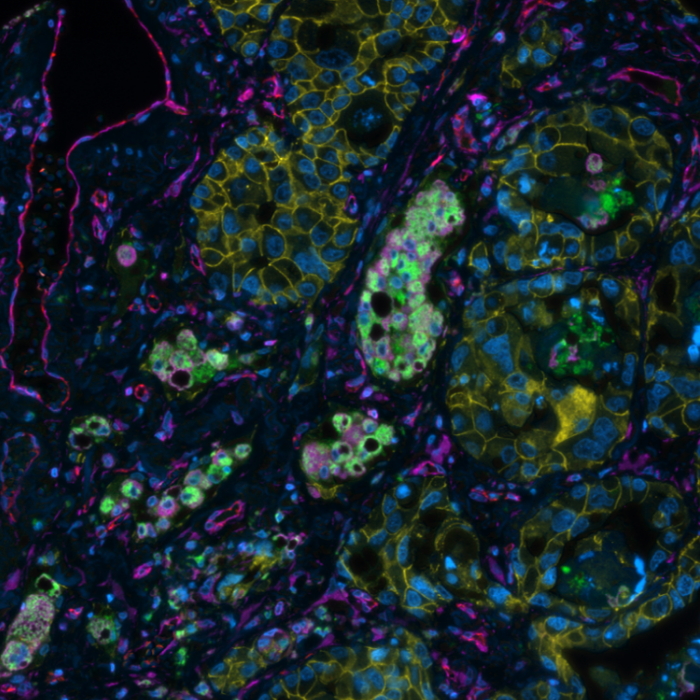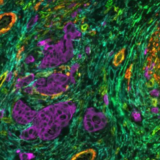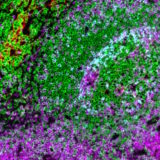Spatial Biology Education
Spatial biology: a landscape illuminated
Posted on:

Welcome to Spatial Biology: A Landscape Illuminated!
We are happy to inaugurate this Lunaphore blog, a place to share spatial biology knowledge, tips and tricks, and many other educational resources and discover the latest technology developments or exciting research topics.
Why is spatial biology important?
Spatial biology is the new frontier of life sciences. Profiling patients and disease biomarkers are crucial for understanding key aspects of cell biology and human diseases, such as cancer and infectious diseases like COVID-19. Spatial biology assays aim to generate tissue maps that provide information on what is happening at a molecular level in its original context. The goal of these maps is to help researchers understand the interplay between immune cells and diseases, such as how the immune system recognizes the disease, or how the disease heterogeneity is manifested at the cellular, tissular or individual level of patients. All of these pieces of information can shed some light on why some patients respond better to certain treatments or what processes and molecules are of clinical relevance and can therefore be targeted by pharmaceutical companies to develop their therapies. Yet, the architecture and interaction of cells within their spatial environment remain poorly explored on the scale of whole tissues and organisms.
Recognized by Nature as Method of the Year 2020, spatial biology is a powerful tool for extracting large amounts of information about cells in their morphological context. With the arrival of AI capabilities to process these large data sets, spatial biology is becoming the next technological revolution to improve our understanding of human diseases and develop targeted therapies. However, high complexity and technical barriers still prevent its wide adoption.
The mission of Lunaphore
We are a team of innovators dedicated to making spatial biology mainstream by empowering researchers to push the boundaries of research and develop the next generation of personalized therapies.
Traditionally, researchers in spatial biology were scarce highly-skilled specialists and technicians. In order to render spatial biology a mainstream tool to truly accelerate research, it is Lunaphore’s mission to address this complexity by bridging the knowledge gap and providing simple, easy-to-use tools. Today, a new generation of users are adopting fast and simple multiplexing technologies and integrating spatial data into their research workflows. This blog will serve as a space to discuss how new technology solutions are lowering the barriers to adoption and will provide comprehensive insights into spatial biology research applications in immuno-oncology, immunology, neuroscience, and infectious diseases.
Join us at Spatial Biology: A Landscape Illuminated
To recap, join us in this journey to:
- Inform yourself about the background and the state of the art in spatial biology.
- Learn tips and tricks about easy-to-use spatial biology solutions, and how to implement them to accelerate your research.
- Understand multiplex applications and their current challenges.
- Learn from the experience of other laboratories and their achievements.
- Increase your laboratory productivity while ensuring high-quality results.

